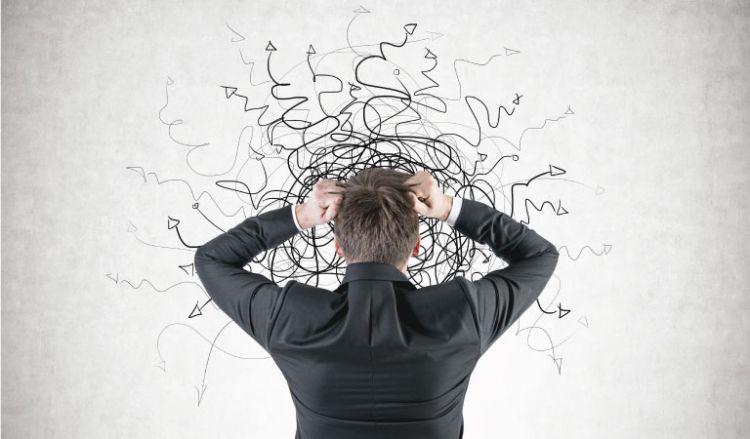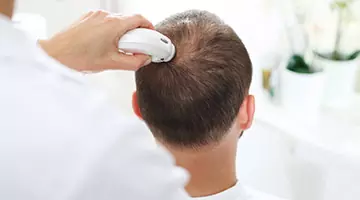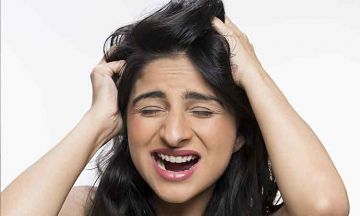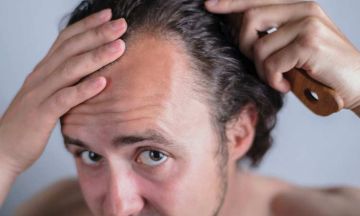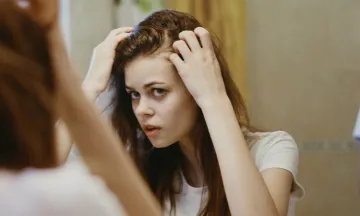Top 10 Tips on How to Stop Pulling Out Hair
An Overview: Trichotillomania
Trichotillomania (TTM) (pronounced as trick-uh-till-uh-may-nia), also called hair-pulling disorder, is characterized by an uncontrollable urge to pull out your own hair from the scalp, eyebrows, eyelashes, or other exposed areas of the body. Trichotillomania often begins in childhood/ adolescence because of some kind of emotional occurrence or depression. The process of pulling out hair, neutralizes that person’s anxiety, stress, and depression. This ongoing activity of pulling out hair can lead to bald or bare patches on the skin and hair loss. Patients with this hair-pulling disorder, often describe their situation as embarrassing, isolating, and frustrating. Usually, it is followed by some guilt or remorse.
According to clinical trials in the U.S. five to ten million people are affected by trichotillomania. The study also indicates 6 out of 1000 individuals may develop hair pulling disorder in their lifetime. The estimates could be understated as patients generally try to hide their hair-pulling disorder.
As per the study conducted by Research Gate, Trichotillomania has a lifetime prevalence of around 0.6% in both genders. However, with a higher prevalence rate of about 3.4% in women and around 1.4% in men. The average age of patients suffering from the hair-pulling disorder is reported to be around, 13 to 30 years.
Also read: https://www.drbatras.com/trichotillomania-hair-pulling-disorder
Treatment for Trichotillomania
Conventional treatment of trichotillomania includes psychiatric treatment and administering anti-depression medications. However, there could be a recurrence of this disorder, after the medicines are stopped. Additionally, conventional medicines could also cause dependency and only provide short-term results. Fortunately, once hair pulling stops, there will be hair regrowth because trichotillomania is a temporary type of hair loss
Here are some of the tips to stop hair loss and control trichotillomania:
- Observing the triggers for your hair-pulling disorder and learning how to avoid them.
- Maintaining a journal of your hair-pulling. Track the following information about your hairpulling episodes:
- When it occurred?
- How long it lasted?
- How many hair strands were pulled out (most important)?
- How strong was the desire?
- Where it occurred, which body part?
- What were they doing during that time?
- What was their emotional state of mind?
- Habit reversal training. This behavior therapy is the primary treatment for trichotillomania. You learn how to recognize situations, where you're likely to pull your hair and how to substitute it with an alternative behavior. Replacing hair pulling with another action, such as squeezing a stress ball or fidget toy or solving brain teaser puzzles.
- Cognitive therapy (the way we think, affects how we feel emotionally). This therapy can help you identify and examine distorted beliefs you may have in relation to hair pulling.
- Acceptance and commitment therapy. This therapy can help you learn to accept your hair-pulling urges, without acting on them.
- Most trichotillomania patients face ridicule and criticism from others. To help reduce criticism, exposure therapy is a great initiative. The purpose of exposure therapy is to expose them to various types of criticisms they might receive. There could be a gradual exposure to alleviate anxiety they might experience, during the exposure.
- Repetition therapy. The patient is given journal and asked to write down the criticism over and over again. This brings awareness to the types of criticisms they receive.
- Wearing covered clothes and hair bandanas or hoodies, to avoid visible skin and hair exposure.
- Involving loved ones to provide emotional support and words of encouragement. Counselling, along with emotional and family support, is very helpful.
- Relaxation techniques, such as yoga or meditation can help in calming down your anxiety and urge to pull your hair.
- Homeopathic medicines were highly instrumental in improvising a patient’s mood in the research study conducted by NCBI. Moreover, sensitive patients experienced less mental tension or anxiety. The results were long-lasting and there was no medication dependency after the homeopathic treatment was complete.
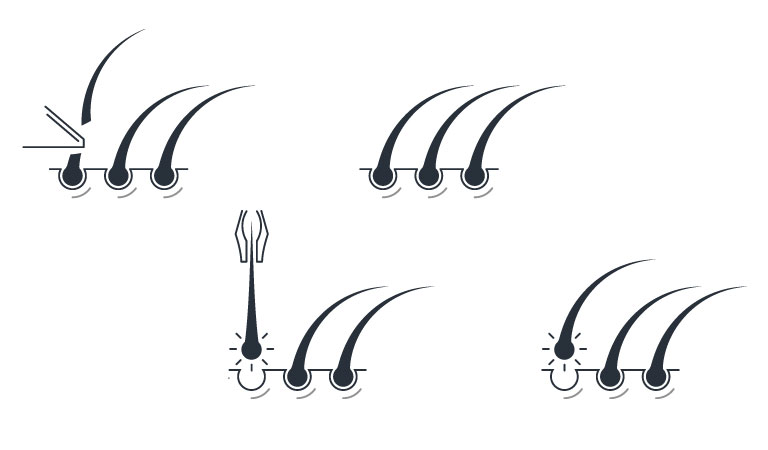
Do read the frequently asked questions about trichotillomania: https://www.drbatras.com/trichotillomania-faqs
Homeopathic Treatment for Trichotillomania
Homeopathic treatment for trichotillomania is aimed at treating the patient’s underlying factors of depression. Homeopathic treatment for trichotillomania also includes addressing deep-rooted mental insecurities of the patient. Homeopathy provides a safe and ever-lasting resolution from the illness.
At Dr Batra’s, we can claim to have a thorough understanding of trichotillomania and the various emotional disturbances that associate with it. Our doctors maintain a record of a detailed case history of the patient, including an emotional assessment. Customized homeopathic medicines are then prescribed based on the emotional triggers and the patient’s individual response to that trigger.
Homeopathic treatment, combined with trichology (the scientific study of the hair and scalp), goes to the root cause of the problem, restoring an individual's optimal health. Book an appointment with us at https://www.drbatras.com/book-an-appointment. Let our homeopathic doctor guide you towards the most suitable treatment for the hair pulling disorder.
